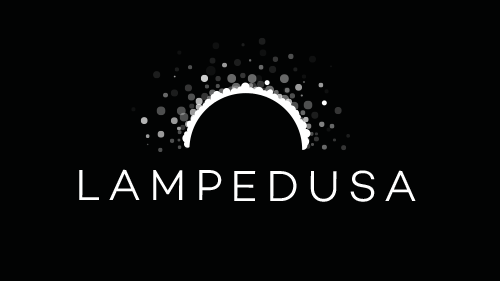
This project was created for the module "Interaction Design III“ with a group of four people. Under the heading of „Interactivism“ we were tasked to think about a subject that really bothered us and thus create a interactive experience that was meant to generate awareness for said subject.
Lampedusa’s central theme is the sometimes inhumane sociology and politics towards refugees. We thought about people being divided into two groups: the wealthy and the disadvantaged. While the wealthy would bathe in light and attract the light, the disadvantaged were set in shadows.
Lampedusa’s central theme is the sometimes inhumane sociology and politics towards refugees. We thought about people being divided into two groups: the wealthy and the disadvantaged. While the wealthy would bathe in light and attract the light, the disadvantaged were set in shadows.
To solidify these themes we had the visitors walk through a field of particles that were projected by a beamer, while a Kinect camera tracks the people and their movements and randomly selects who is wealthy and who is disadvantaged. The particles around the wealthy would then be drawn to them, creating a ring of light, while the disadvantaged repulsed the particles creating a void around them. The trajectory of the particles then creates a visual connection between the participants.
If the opposites come closer to each other, the particles start to enrage and if the participants stand close to each other for a certain amount of time a climax occurs and the wealthy one shares his light with the disadvantaged. All the while supported by generative sound to create a complete ambient interaction.
If the opposites come closer to each other, the particles start to enrage and if the participants stand close to each other for a certain amount of time a climax occurs and the wealthy one shares his light with the disadvantaged. All the while supported by generative sound to create a complete ambient interaction.

After we had our first tests, talked to participants and took a step back to reflect upon the project, we realized that people could understand our intention after experiencing LAMPEDUSA, and some could interpret it’s meaning solely through its name. But the most interesting part was just letting go, and seeing what people did, how they interacted with other participants and then hearing what their thought process was while exploring the system we had created.

In cooperation with John Moss , Lennart Bramlage & Niklas Thyen, 2015.




